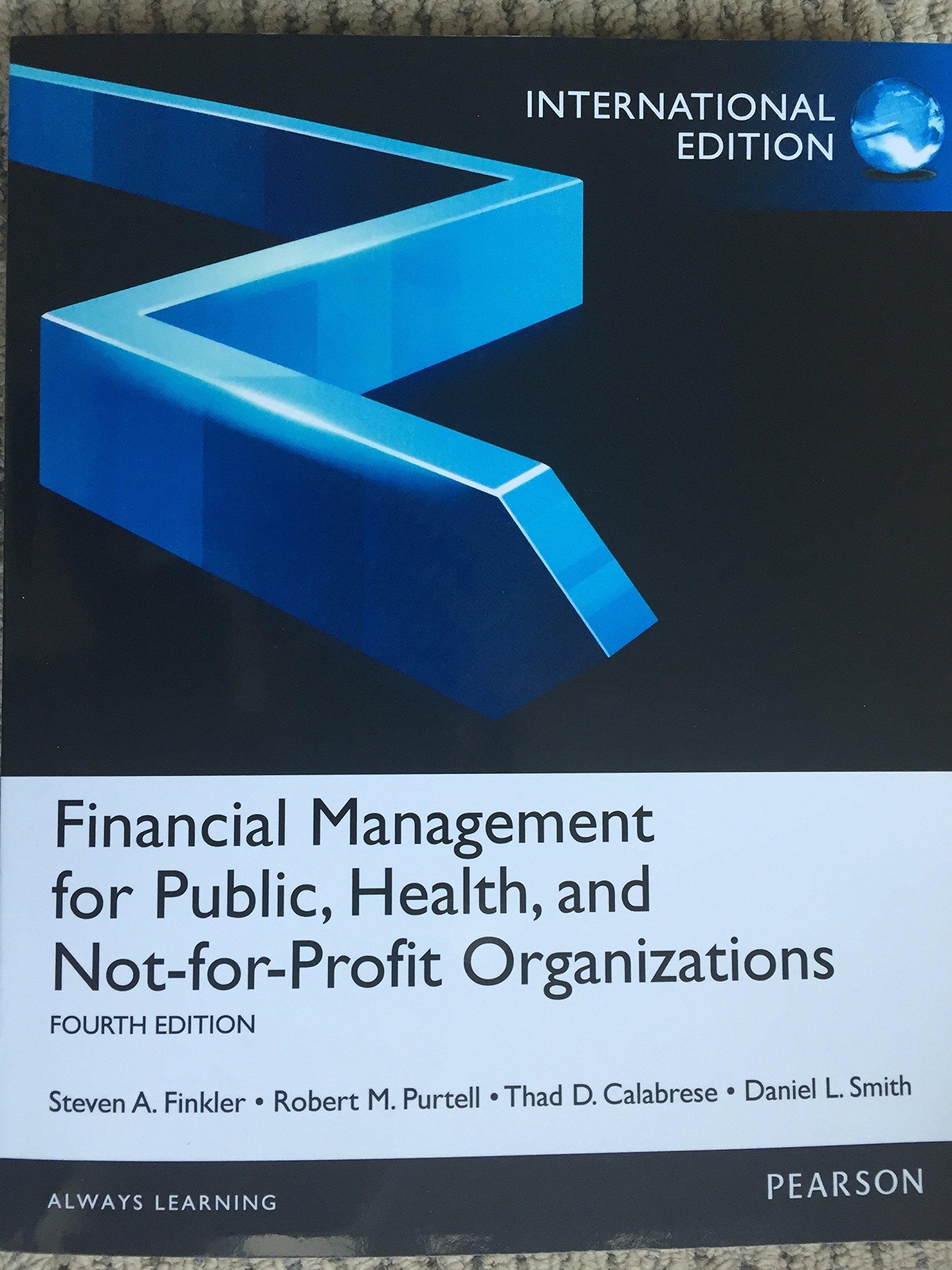Question
2. Consider the following 3 semiannual bonds with par $1,000: Bond A: 5-year bond with coupon rate 6% Bond B: 10-year bond with coupon rate
2. Consider the following 3 semiannual bonds with par $1,000:
Bond A: 5-year bond with coupon rate 6%
Bond B: 10-year bond with coupon rate 6%
Bond C: 10-year bond with coupon rate 10%
Step 1: (1.5 points) Calculate the prices of Bond A, Bond B, and Bond C based on the required yield=7%.
Step 2: (3 points) For each bond (Bond A, Bond B, or Bond C), conduct a scenario analysis through Data Table to report the bonds price at yields 3.5%, 4%, 4.5%, 5%, 5.5%, 6%, 6.5%, 7%,7.5%, 8%, 8.5%, 9%, 9.5%, and 10%.
Step 3: (1.5 points) Setting the case at yield 7% as the benchmark (P_0 case). Calculate the dollar price change for each bond at each new yield level following the formula: "Dollar Price Change"= P_t-P_0
Step 4: (1.5 points) (1) Select a case to verify: For a given term to maturity and initial yield, the higher the coupon rate, the higher the dollar price change. (2) Select a case to verify: For a given coupon rate and initial yield, the longer the term to maturity, the higher the dollar price change.
Step 5: (2 points) Setting the case at yield 7% as the benchmark (P_0 case). Calculate the relative price change for each bond at each new yield level following the formula: "Relative Price Change"= (P_t-P_0)/P_0
Step 6: (1.5 points) (1) Select a case to verify: For a given term to maturity and initial yield, the higher the coupon rate, the lower the relative price change. (2) Select a case to verify: For a given coupon rate and initial yield, the longer the term to maturity, the higher the relative price change.
Step by Step Solution
There are 3 Steps involved in it
Step: 1

Get Instant Access to Expert-Tailored Solutions
See step-by-step solutions with expert insights and AI powered tools for academic success
Step: 2

Step: 3

Ace Your Homework with AI
Get the answers you need in no time with our AI-driven, step-by-step assistance
Get Started


